Are you a WordPress user looking to add some custom code to your website, but worried about breaking your site in the process? Look no further! In this blog post, we’ll walk you through a step-by-step guide on how to safely and effectively add custom code to your WordPress site.
Why Add Custom Code to WordPress?
WordPress is a powerful and flexible content management system (CMS), but sometimes the built-in features and themes just don’t quite meet your specific needs. That’s where custom code comes in handy. By adding your own custom code, you can:
- Enhance the functionality of your website
- Customize the appearance and design
- Integrate third-party tools and services
- Improve the user experience for your visitors
However, it’s important to approach custom code with caution, as one wrong move can potentially break your entire website. In this guide, we’ll show you how to add custom code to WordPress without risking your site’s stability.
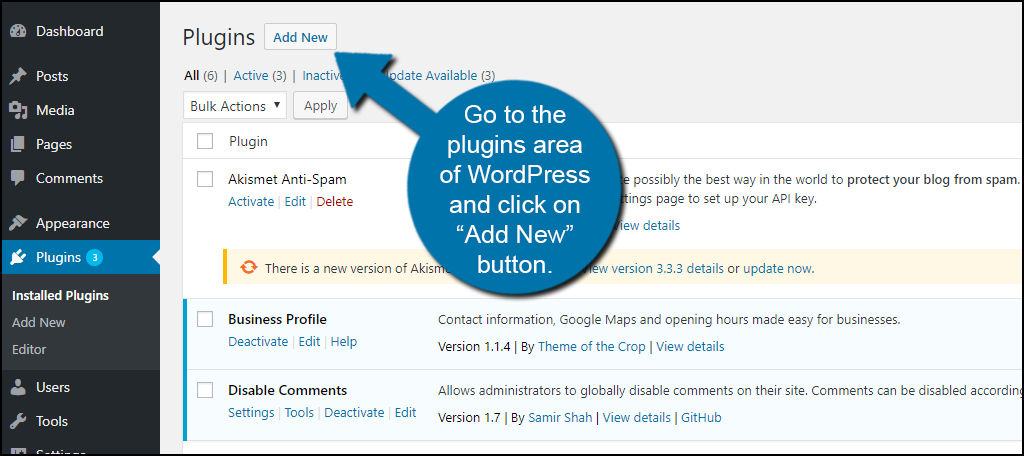
Step 1: Backup Your WordPress Site
Before you start making any changes to your WordPress site, it’s crucial to create a backup. This way, if something goes wrong during the process, you can easily restore your site to its previous state.
There are several ways to backup your WordPress site, and the method you choose will depend on your comfort level and the size of your site. Here are a few options:
Using a Backup Plugin
One of the easiest ways to backup your WordPress site is by using a backup plugin. There are many great options available, such as:
- UpdraftPlus: A popular and free plugin that allows you to backup your site to various cloud storage services like Dropbox, Google Drive, and Amazon S3.
- BackWPup: Another free plugin that provides a variety of backup options, including local backups, remote backups, and scheduled backups.
- VaultPress: A paid plugin from Automattic (the creators of WordPress) that offers real-time backups and security monitoring.
To use a backup plugin, simply install and activate it on your WordPress site, then follow the on-screen instructions to set up your backup preferences.
Manually Exporting Your Database and Files
If you prefer a more hands-on approach, you can manually backup your WordPress site by exporting your database and files.
- Backup Your Database:
- Log in to your WordPress dashboard and navigate to “Tools” > “Export”.
- Select “Complete Site” as the Export Type, then click “Download Export File”.
- This will download an XML file containing your entire WordPress database.
- Backup Your Files:
- Use an FTP client (like FileZilla) to connect to your web server and download your entire WordPress directory (usually located at
/var/www/html/wordpress/orpublic_html/wordpress/). - You can also use a file manager provided by your web hosting provider to download your WordPress files.
- Use an FTP client (like FileZilla) to connect to your web server and download your entire WordPress directory (usually located at
Make sure to store your database backup and file backup in a safe location, such as an external hard drive or a cloud storage service like Dropbox or Google Drive.
Using Your Web Host’s Backup Tools
Many web hosting providers offer built-in backup tools that you can use to backup your WordPress site. Check with your hosting provider to see what options are available and how to use them.
Step 2: Use the Correct Locations for Custom Code
When you want to add custom code to your WordPress site, it’s important to use the correct location to ensure it functions properly and doesn’t interfere with your site’s core files or future updates.
Here are some of the best places to add custom code in WordPress:
1. Functions.php File
The functions.php file is the primary location for adding custom code in WordPress. This file is located in your active theme’s directory and is loaded on every page of your site. Use this file to add custom functions, hooks, and filters that extend the functionality of your WordPress site.
Example:
// functions.php
function my_custom_function() {
// Your custom code here
}
add_action('init', 'my_custom_function');
2. Custom Plugin
For more complex custom code or code that you want to use across multiple WordPress sites, it’s best to create a custom plugin. Plugins are self-contained units of functionality that can be easily activated, deactivated, and updated independently of your theme.
To create a custom plugin, create a new directory in your WordPress wp-content/plugins/ folder, and add a PHP file with the same name as the directory. For example, my-custom-plugin/my-custom-plugin.php.
Example:
// my-custom-plugin/my-custom-plugin.php
function my_custom_plugin_function() {
// Your custom code here
}
add_action('init', 'my_custom_plugin_function');
3. Child Theme’s functions.php
If you’re using a WordPress theme and want to make modifications without affecting the original theme files, you can create a child theme. The child theme’s functions.php file is the best place to add custom code that extends or overrides the parent theme’s functionality.
Example:
// functions.php (in child theme)
function my_child_theme_function() {
// Your custom code here
}
add_action('init', 'my_child_theme_function');
4. Snippets or Code Injection Plugins
For smaller, one-off custom code snippets, you can use a plugin that allows you to easily add code to specific locations on your site, such as the <head> section or the footer. Some popular options include:
- Code Snippets: A free plugin that allows you to manage and execute custom code snippets.
- Insert Headers and Footers: A free plugin that lets you add custom code to the
<head>and<body>sections of your site.
By using the correct locations for your custom code, you can ensure that your modifications are properly integrated into your WordPress site, making it easier to maintain and update your site in the future.
Step 3: Test Your Custom Code
Once you’ve added your custom code, it’s important to test it thoroughly before publishing your changes. This will help you catch any potential issues or conflicts with your existing WordPress setup.
You can test your custom code in a few ways:
- Preview Changes: If you’re using the Customizer or the WordPress editor’s custom code sections, you can preview your changes before publishing them.
- Activate a Child Theme: If you’re adding code to your theme’s
functions.phpfile, consider creating a child theme first. This way, you can test your changes without affecting the primary theme. - Use a Staging Environment: For more complex custom code, it’s best to set up a staging or development environment to test your changes before pushing them live.
Step 4: Monitor Your Site’s Performance
After you’ve added your custom code and tested it thoroughly, keep an eye on your site’s performance to ensure that everything is running smoothly. Look out for any noticeable slowdowns, errors, or other issues that may arise.
Conclusion
Adding custom code to your WordPress site can be a powerful way to extend its functionality and tailor it to your specific needs. However, it’s crucial to do so in a way that doesn’t jeopardize the stability and security of your site.
In this guide, we’ve outlined the best practices for incorporating custom code into your WordPress site safely and effectively. By using the appropriate locations, such as the functions.php file, custom plugins, or child theme modifications, you can ensure your customizations are properly integrated and won’t conflict with future updates or other site components.
Additionally, we emphasized the importance of thoroughly testing your custom code in a development environment before deploying it to your live site. This multi-step testing process, which includes backup creation, local testing, and staging site validation, helps mitigate the risk of introducing bugs or errors that could disrupt your WordPress website.
By following the techniques and recommendations presented in this article, you can confidently add custom code to your WordPress site, enhancing its capabilities and functionality without compromising its stability or performance. Remember, a well-planned and tested approach to custom code integration is the key to a successful and sustainable WordPress site.
- Resolving the “Class JFactory Not Found” Error in Joomla When Upgrading to J6 - December 19, 2025
- The Utility Of VPNs For Site Authors And Admins - November 24, 2025
- Joomla! 6: What’s New and How to Upgrade from Joomla! 5 - October 23, 2025

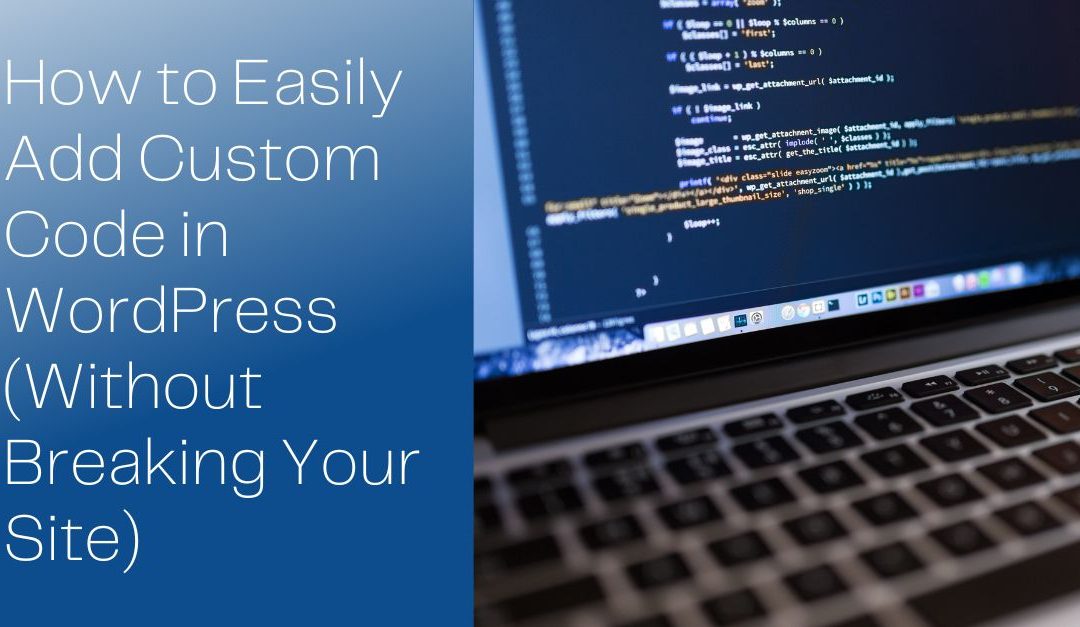
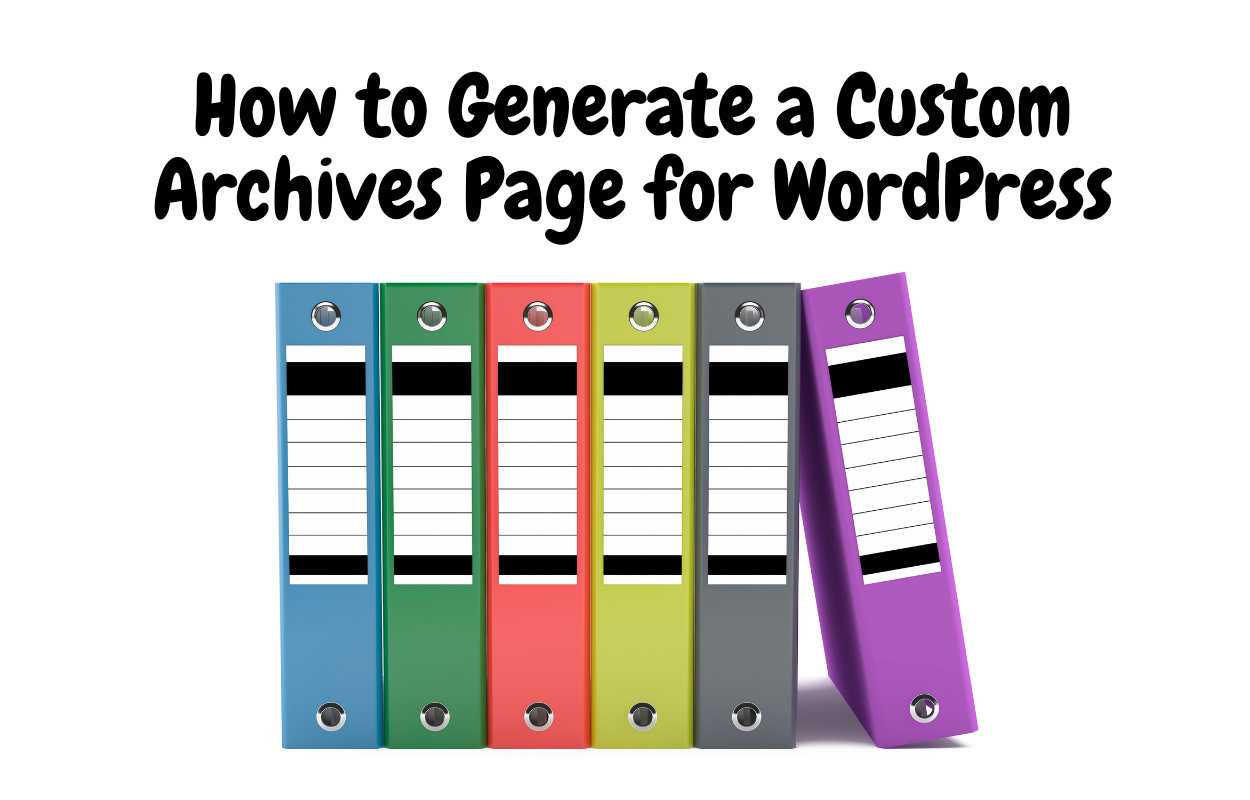
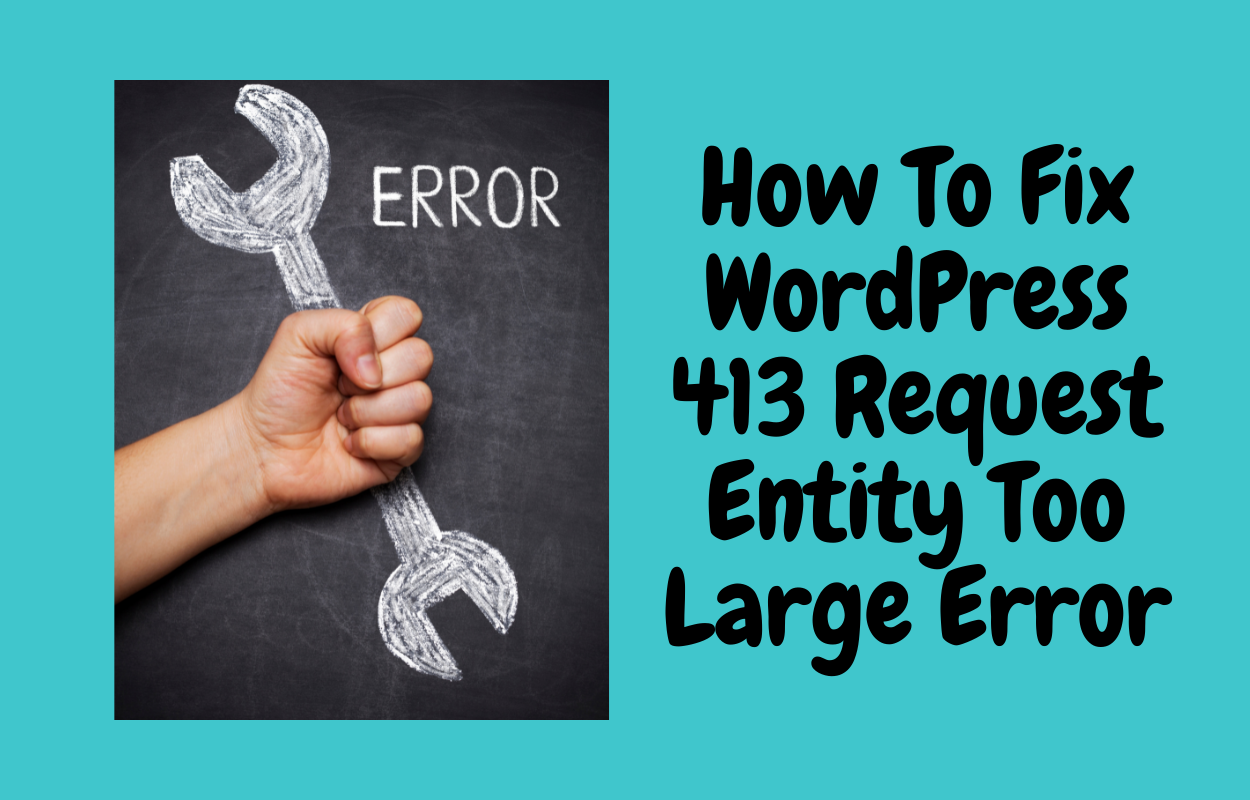

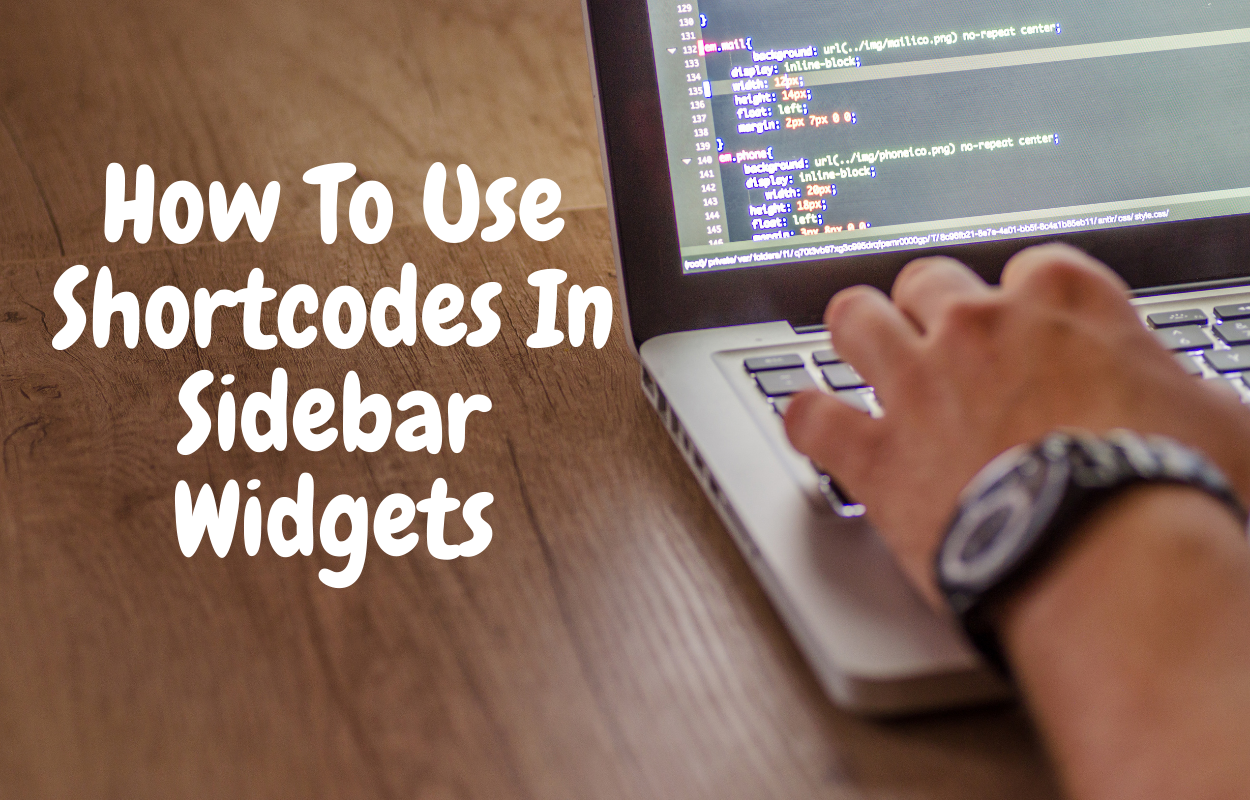




Recent Comments